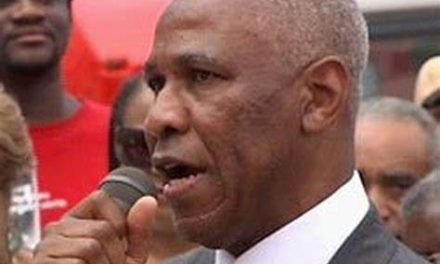by Braden Goyette, ProPublica
The nonpartisan Congressional Budget Office recently released a much-discussed study showing that over the past three decades the income of the highest-paid Americans has soared while the income of others has grown much more modestly. Here’s a rundown of some statistics illustrating the growing income gap.
But first, some context. These numbers reflect income, not wealth. So a retiree who owns two houses and three cars may be far better off than someone with a higher annual income, two kids in college and a mortgage. It’s worth noting that income includes investment income and capital gains.
Also, although a 2010 Organization for Economic Cooperation and Development study suggests that there is less income mobility [PDF] in the United States than in many other developed countries, someone in the richest 1 percent this year may have been in an entirely different category 30 years ago. Take Bill Gates. In 1979, Gates was 24, and Microsoft hadn’t even incorporated. He was likely in the bottom tier of earners. More recently, of course, he has easily been in the top 1 percent. According to a 2007 Treasury Department study [PDF], “roughly half of taxpayers who began in the bottom income quintile in 1996 moved up to a higher income group by 2005.”
Third, though income growth has been unequally distributed, real income for all groups has grown over the past three decades.
In spite of those caveats, the gap between richest and poorest is far greater than it used to be. All income numbers have been adjusted for inflation, and all household income data are adjusted for differences in household size [PDF; see Appendix A]. Please note that different subsections take different years as a baseline.
Overall income growth for the country as a whole
Disposable personal income per capita:
| 1980 | $18,822 |
| 1990 | $23,542 |
| 2000 | $28,911 |
| 2010 | $33,125 |
All figures in constant 2005 dollars. Source: Census.gov
Unevenly distributed growth
| Top 1% of Households | 275% |
| Poorest Fifth of Households | 18.3% |
| Middle Fifth of Households | 35.2% |
Source: Congressional Budget Office
| 1979 | 2007 | |
| Top 1% of Households | 10.5% | 21.3% |
| Poorest Fifth of Households | 2.9% | 2.5% |
| Middle Three Fifths of Households | 47.8% | 38.5% |
Source: Congressional Budget Office
Large gains for the highest earners, modest gains for the rest
| 1980 | 1990 | 2000 | 2007 | |
| Top 1% of Households | $339,200 | $586,000 | $1,038,700 | $1,319,700 |
| Poorest Fifth of Households | $14,800 | $14,800 | $16,500 | $17,700 |
| Middle Fifth of Households | $42,600 | $45,000 | $50,400 | $55,300 |
All figures in constant 2007 dollars. Source: Congressional Budget Office
Decline in median individual income for men, slight gains for women throughout the 2000s
| 1995 | 2000 | 2005 | 2010 | |
| Men | $32,051 | $35,885 | $34,929 | $32,137 |
| Women | $17,232 | $20,338 | $20,747 | $20,831 |
All figures in constant 2010 dollars. Source: Census.gov
Comparison to other countries
Income inequality on a scale from 0 to 1, 1 being the most unequal:
| France | 0.239 |
| Poland | 0.305 |
| Greece | 0.307 |
| United States | 0.378 |
| Mexico | 0.476 |
Source: Bertelsmann Stiftung



